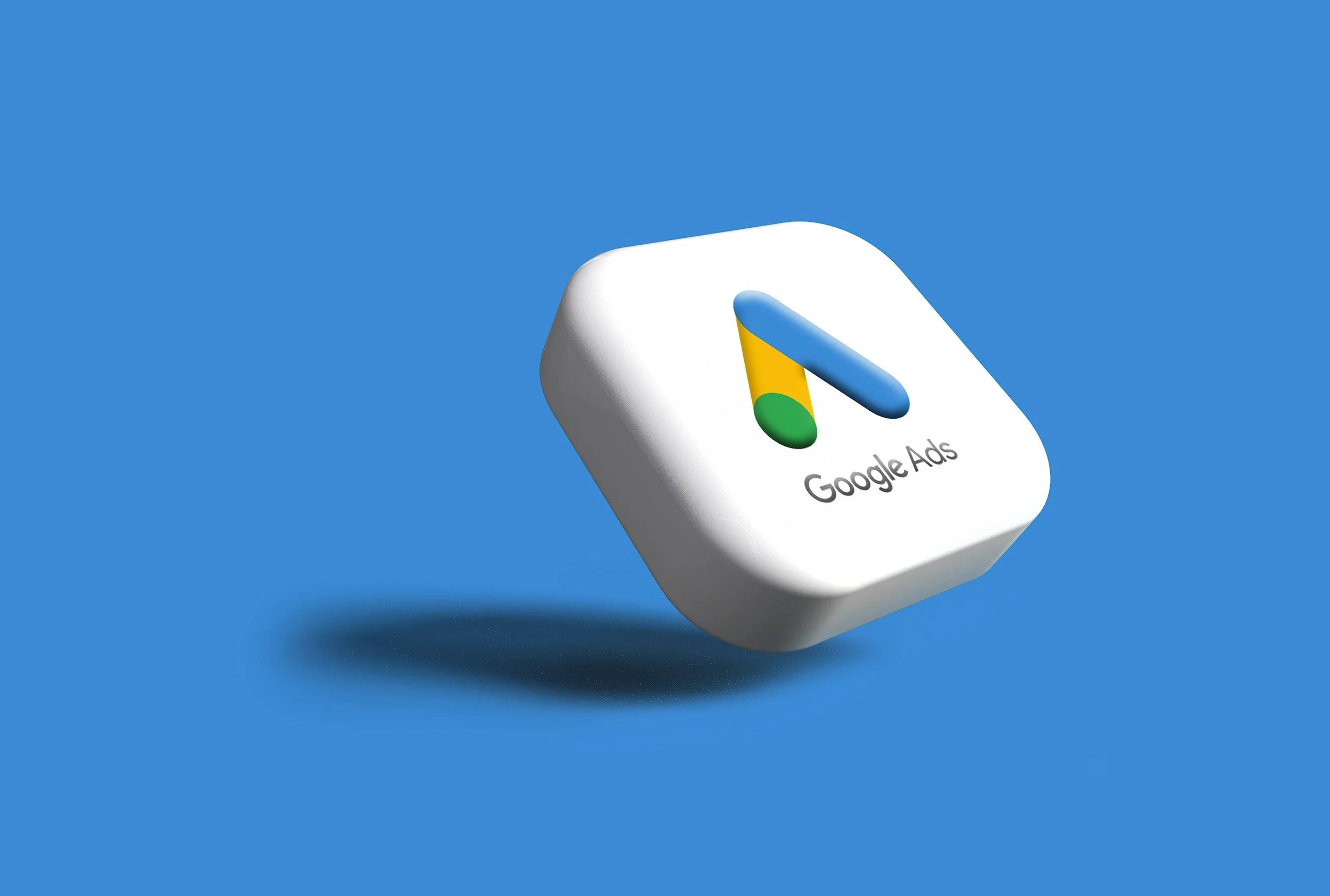How to Calculate ROI for Paid Ads (and Why It Matters for Your Business)
Clicks, impressions, and likes may look impressive on a report, but none of them pay the bills. What matters most with paid ads is your return on investment (ROI). Understanding ROI means you know exactly how much revenue your campaigns are bringing in compared to how much you are spending. Without it, you are flying blind.
If you want a quick way to check your ROI right now, you can use our free calculator and Business Guide Kit here: Get Access.
What ROI Really Means in Paid Advertising
The formula for ROI is simple:
ROI = (Revenue from Ads – Cost of Ads) ÷ Cost of Ads × 100
If you spend $2,000 on ads and those ads generate $8,000 in revenue, your ROI is 300 percent. That means you earned three dollars for every dollar spent. This calculation gives you clarity about whether your ads are actually growing your business or just creating noise.
Step 1: Gather the Right Numbers
Your ROI calculation is only as good as the numbers you put into it. At a minimum, you need:
Ad Spend – the total cost of running ads, including management fees if you pay an agency.
Revenue from Ads – sales or leads that can be directly tied back to your campaigns.
Conversion Value – if your conversions are not direct sales, assign an average dollar amount based on past results.
Using real numbers keeps your ROI calculation accurate. Guessing or inflating these values only creates false confidence.
Step 2: Look Beyond Immediate Sales
ROI should not stop at a single purchase. If a customer continues to buy from you over time, the value of that customer grows. This is called Customer Lifetime Value (CLV).
For example, if an ad brings in a customer who spends $200 now and another $800 over the next two years, your ROI calculation should reflect the full $1,000. This bigger picture often reveals that ads are working harder for you than they first appear.
Step 3: Compare Across Channels
Different ad platforms behave differently.
Google Ads (PPC): Great for people actively searching for your product or service. ROI is often easier to measure quickly.
Programmatic Display Ads: These may show a slower ROI but often generate long-term gains by building brand awareness and retargeting.
Social Media Ads: ROI can vary, but when paired with a strong funnel they can deliver steady returns.
Comparing ROI across these channels helps you shift budget toward the areas that deliver the best results.
Step 4: Use ROI to Make Better Decisions
Once you know your ROI, you can decide whether to scale, adjust, or cut a campaign. A positive ROI does not always mean you should spend more, but it does show which campaigns are worth further investment. On the other hand, if ROI is negative, you need to refine your targeting, adjust your creative, or rework your landing pages before wasting more money.
Make It Easier with Our ROI Calculator
The math can feel overwhelming, especially if you are juggling multiple campaigns. That is why we created a free ROI Calculator and Business Guide Kit.
With it, you can:
Plug in your ad spend and revenue numbers in seconds.
Instantly see your ROI without spreadsheets.
Discover how small changes in conversion or spend can dramatically shift your return.
You can grab it here: Get Access. It takes less than a minute to unlock the calculator and guide.
Why the Business Guide Matters Too
The ROI Calculator gives you the numbers, but the Business Guide shows you what to do with them. It walks through the first 90 days of running paid ads and how to structure campaigns so they start on the right foot. Together, the calculator and guide give you both the clarity and the strategy to run profitable campaigns.
Final Word
Paid ads are not an expense, they are an investment. ROI is the tool that proves whether that investment is working. By tracking it carefully, you stop throwing money into campaigns that do not perform and instead double down on the ones that do.
The easiest next step is to stop guessing and start measuring. Try the free ROI Calculator and Business Guide Kit today: Get Access.



